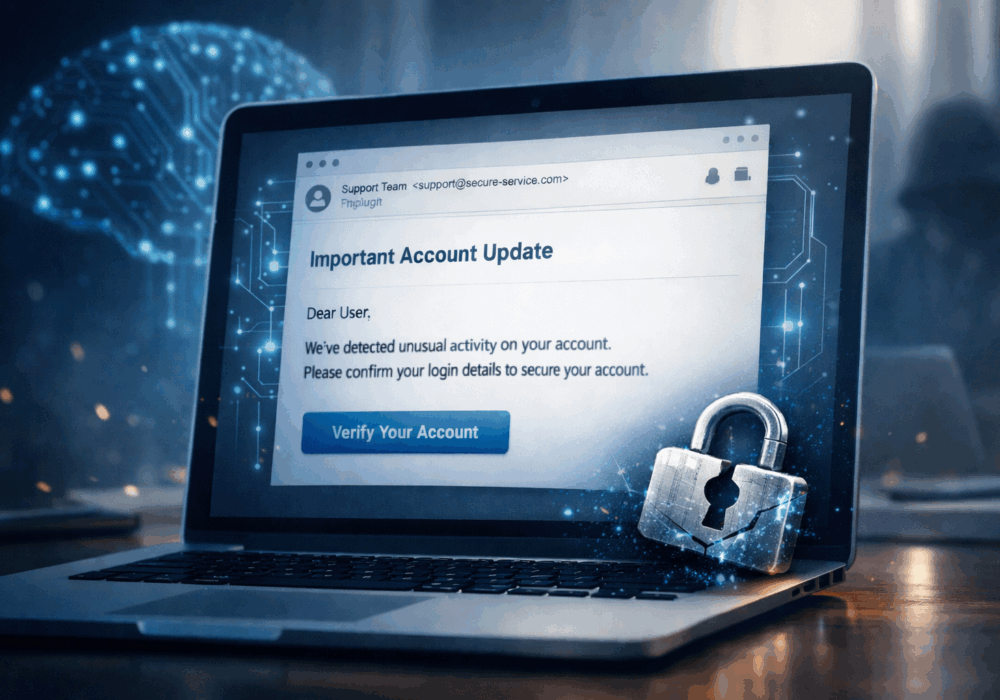Hashing is the process of translating an input as a key into a uniform length output code. The input key may be fixed length, such as an integer, or variable lengths such as a name or password. The output is a hash code used to index a hash table holding the data or records, or pointers to them.
Hash functions can perform three (3) specific functions:
Strong hashing functions ensure two things:
Hash tables create a list where all value pairs are stored and easily accessed through its index. The result is a technique for accessing key values in a database table in a very efficient manner as well as a method to improve the security of a database through encryption.
One of the most important uses of hashing algorithms occurs in password managers. In this article, Cyberhoot describes how password storage should be salted and hashed in order to prevent hackers from being able to reverse engineer a password from its hash table entry. This is accomplished by using the output of a hashing function as the input for the next hash computation, recursively, over and over again. In the case of a Master Password, this can be done 10’s of thousands of times to provide the greatest protection for the owner of the master password. When websites do not perform appropriate recursive hashing functions on our passwords, our passwords become available to hackers to reuse in attacks against us.
What Should My SMB or MSP Do?
Hashing and Encryption are important to an SMB or MSP in order to protect the confidentiality of critical and sensitive information. SMBs/MSPs may fall under legislative controls such as HIPAA or PCI which require specific forms of data (Health Records, Credit Card PAN information) to be protected from disclosure (protect confidentiality).
The best strategy for SMB’s to deal with such requirements is NOT to have such data in their possession. For example, PCI compliance obligations can often be avoided by partnering with online Web Services that perform the Credit Authorization outside of your Website or store and simply provide the SMB/MSP an authorization code back.
Next best, in cases where an SMB/MSP must collect and store such critical and sensitive data, then hashing the data recursively and possibly encrypting it would be advisable. Just be sure to protect the decryption keys.
Additionally, these recommendations below will help you and your business stay secure with the various threats you may face on a day-to-day basis. All of the suggestions listed below can be gained by hiring CyberHoot’s vCISO Program development services.
All of these recommendations are built into CyberHoot the product or CyberHoot’s vCISO Services. With CyberHoot you can govern, train, assess, and test your employees. Visit CyberHoot.com and sign up for our services today. At the very least continue to learn by enrolling in our monthly Cybersecurity newsletters to stay on top of current cybersecurity updates.
Related Term:
Additional Reading:
How to Hash Passwords Securely
Sources:
Discover and share the latest cybersecurity trends, tips and best practices – alongside new threats to watch out for.

Phishing emails used to be easy to spot. Bad grammar. Weird links. Obvious scams. Those days are...
Read more
Cybercriminals always follow Internet eyeballs. Not literally, but figuratively. And today's eyeballs are...
Read more
Active Attacks on Messaging Apps The Cybersecurity and Infrastructure Security Agency (CISA) recently issued...
Read moreGet sharper eyes on human risks, with the positive approach that beats traditional phish testing.
